Understanding the Educational Landscape for Children with Down Syndrome
Children with Down syndrome have unique learning profiles marked by strengths and challenges that require thoughtful educational planning and support. This article explores effective learning styles, instructional strategies, classroom accommodations, and resources to foster inclusive education. Drawing from research and leading organizations, we spotlight ways educators, caregivers, and families can collaborate to promote academic success, social inclusion, and long-term development for children with Down syndrome.
Recognizing the Unique Learning Characteristics of Children with Down Syndrome
What are the learning profiles of children with Down syndrome?
Children with Down syndrome usually learn at a slower pace than their peers. They are often strong visual learners, meaning they understand and remember information better through pictures, diagrams, and visual demonstrations. They tend to excel when lessons include visual supports and multisensory teaching methods.
Their educational profile shows they often recognize common objects and concepts quickly, but may need extra time for processing spoken instructions or complex tasks. Customizing learning experiences to emphasize simplicity and clarity helps them succeed.
What are some common cognitive and physical challenges?
Most children with Down syndrome experience mild to moderate intellectual disabilities, affecting areas like speech, language, motor skills, and memory. They often have delayed speech development, poor muscle tone (hypotonia), and slower gross and fine motor skills.
Physically, many have features like a flattened facial profile, slanting eyes, and poor muscle tone which can affect mobility and coordination. These physical traits sometimes contribute to challenges in physical activities and daily tasks.
What are their strengths such as visual processing and social skills?
Children with Down syndrome generally demonstrate strong social skills. They tend to be friendly, affectionate, and good at engaging with others. These social strengths can be harnessed to support peer interactions and inclusive activities in the classroom.
Visual processing skills, such as recognizing faces and understanding spatial relationships, are typically strengths. These abilities can be used strategically in teaching, for example, through visual schedules, social stories, and pictorial cues to aid learning and communication.
How do speech, language, and motor delays impact learning?
Speech and language delays are common and can make communication challenging. Many children may have difficulty articulating words and understanding spoken language, which can affect their participation in class discussions and social interactions.
Motor delays can impact handwriting, self-care skills, and participation in physical education. Receptive language delays mean instructions need to be short, clear, and supported with visual aids.
To support these challenges, educators can use visual supports, hands-on activities, and positive reinforcement, creating an environment where children can actively participate and thrive.
Effective Learning Styles for Children with Down Syndrome
What are effective learning styles for children with Down syndrome?
Children with Down syndrome are often strong visual learners. They benefit most when teaching methods include visual demonstrations, pictures, illustrations, and hands-on activities. These strategies help them understand new concepts better and retain information longer.
Because many children with Down syndrome understand more than they can express verbally, using visual cues is essential. Short, clear phrases and simple language make instructions easier to follow. Visual supports like charts, symbols, and videos are effective tools in the classroom.
Engaging children with physical activities and manipulative objects, such as blocks or counters, can boost their understanding, especially in subjects like math. These multisensory experiences make learning more engaging and meaningful.
Positive reinforcement and specific praise are also vital. Celebrating progress encourages confidence and motivates children to keep trying and growing.
While children with Down syndrome may learn at a slower pace, setting high expectations and recognizing their strengths—such as social skills—can lead to both academic success and social development.
In summary, the most effective educational approach combines visual learning strategies, positive interactions, and a supportive, inclusive classroom environment. Tailoring teaching methods to individual strengths and needs ensures children with Down syndrome can reach their full potential.
Instructional Strategies Tailored to Support Learning and Development
What instructional strategies are most effective for educating children with Down syndrome?
Teaching children with Down syndrome requires thoughtful and tailored approaches to support their unique learning styles. One of the most effective strategies includes using clear and simple language. Short sentences and concrete, visual cues like pictures and gestures help children process information better and reduce misunderstandings.
In addition, breaking tasks into smaller, manageable steps allows children to focus on one part at a time. This approach minimizes frustration and helps build confidence as they experience small successes.
Incorporating multisensory learning experiences is another crucial method. Activities that involve hands-on manipulation, visual demonstrations, and physical movement cater to their strengths as visual and tactile learners. For example, using manipulatives to teach number concepts or interactive stories to develop language skills makes learning more engaging.
Establishing structured routines paired with visual schedules creates predictability, which helps reduce anxiety. Consistent routines, reinforced with positive feedback and praise, promote good behavior and motivate children.
Creating an inclusive environment involves fostering positive peer interactions and addressing social-emotional skills. Supporting social inclusion encourages friendship development and enhances self-esteem.
Customizing instruction through individualized education plans (IEPs) ensures that teaching goals match each child's abilities. Modifying materials by enlarging fonts, simplifying language, and providing visual aids increases accessibility.
Furthermore, utilizing adaptive technologies such as communication apps and learning tools empowers students to participate actively in their education.
Collaboration with families and specialists, including speech and occupational therapists, is vital. These partnerships help in designing, implementing, and adjusting teaching strategies tailored to each child's evolving needs.
Focusing on speech, language, and social-emotional development creates a comprehensive support system that fosters overall growth. Together, these strategies help children with Down syndrome reach their full potential in inclusive and supportive educational settings.
Classroom Accommodations and Modifications for Inclusive Education
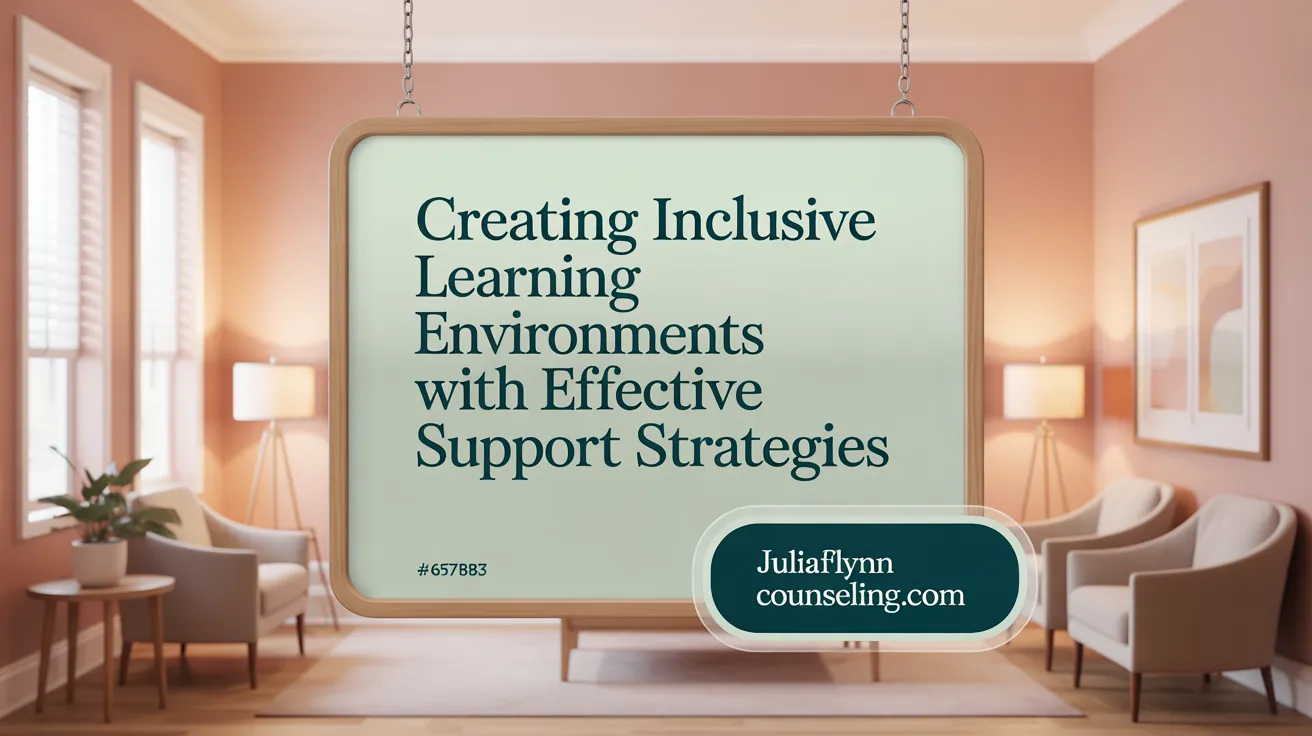
What accommodations are available for students with Down syndrome in the classroom?
Supporting students with Down syndrome requires thoughtful adaptations to ensure they participate fully and succeed in their learning environment. A variety of accommodations can be employed to meet their diverse needs.
One effective approach is the use of multisensory teaching methods. These include integrating visual aids like pictures, flashcards, and charts; tactile cues such as manipulatives and physical demonstrations; and auditory supports like verbal instructions and sounds. Combining these elements enriches the learning experience and caters to their strong visual learning strengths.
Visual supports are also vital. Tools such as visual schedules, social stories, and cue cards help students anticipate routines, understand social expectations, and process information more effectively. Augmentative and alternative communication (AAC) devices, including speech-generating tools or simplified picture-based apps, empower children with speech and language difficulties to express themselves.
To address challenges with processing information, educators should provide extra processing time and break activities into small, manageable steps. Repetition of concepts and tasks helps reinforce learning and strengthen memory retention. Using clear, simple language, and offering visual cues reinforce understanding and support literacy development, especially in phonics and sight word recognition.
Classroom adjustments for hearing and sensory needs are also important. Since many students with Down syndrome experience conductive hearing loss, benefits are gained by reducing background noise, using sound-absorbing materials, and positioning students strategically to optimize hearing. Noise control and providing a quiet retreat space can help maintain focus and reduce overstimulation.
Assistive technology plays a crucial role as well. Speech and communication apps or specialized reading programs like Touch-type Read and Spell are designed to foster literacy and speech skills. Educational software tailored for learners with Down syndrome promotes engagement and skill development.
Creating a positive environment involves consistent routines supported by visual cues, which help diminish anxiety and build confidence. Reinforcing efforts through praise encourages participation, builds self-esteem, and fosters motivation.
Finally, promoting social inclusion—by supporting peer interactions and group activities—enhances social-emotional development. Modifications and accommodations are most effective when they are individualized, regularly reviewed, and implemented within a whole-school inclusive approach that values diversity and fosters acceptance.
Harnessing Assistive and Adaptive Technologies to Support Learning
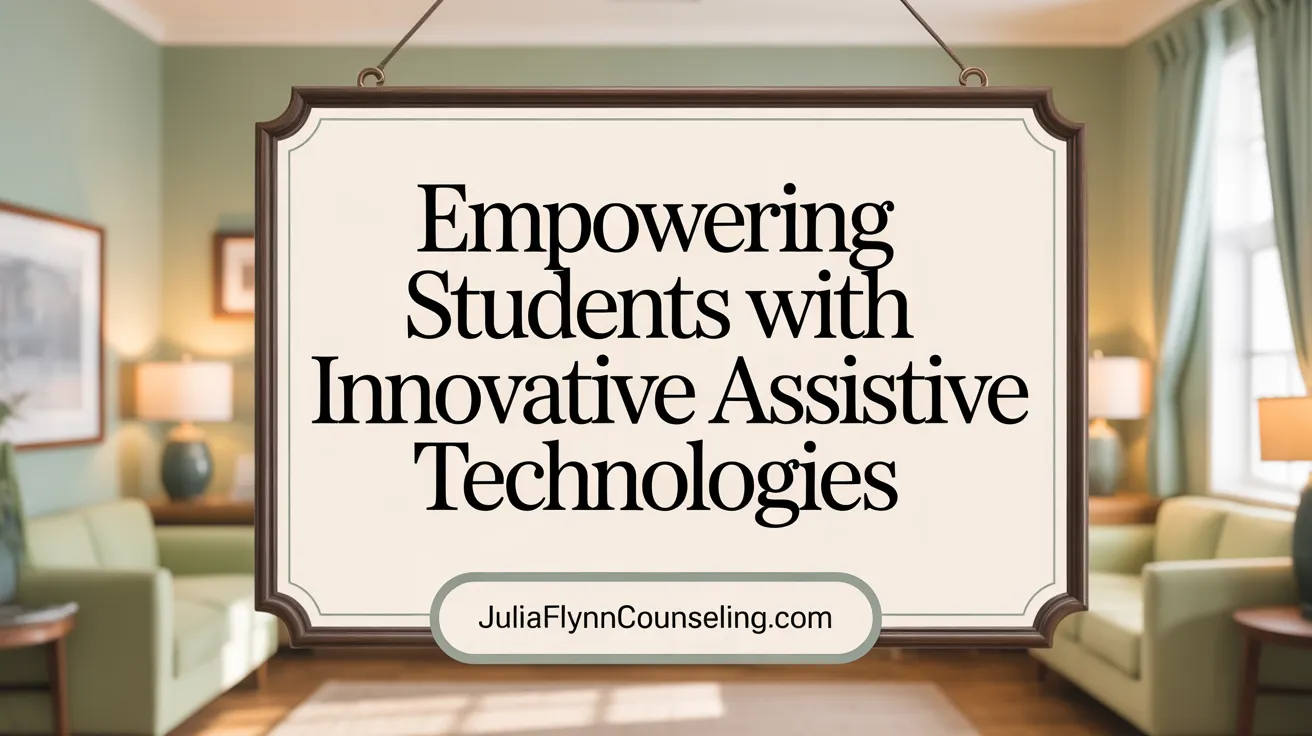
What types of assistive technology are available for communication and academics?
Assistive technology (AT) includes a range of tools designed to help children with Down syndrome access education more effectively. For communication, these tools include speech-generating devices, picture exchange systems like PECS, and sign language apps. For academics, options range from text-to-speech software and reading programs to specialized math apps that make learning more interactive.
How do learning apps and software benefit students?
Learning apps and software tailored for children with Down syndrome help reinforce skills through repetition, visual cues, and interactive lessons. These tools can boost engagement, support memory retention, and make abstract concepts more concrete. Many programs are customizable, allowing educators and parents to adapt activities to the child's developmental level.
What are augmentative and alternative communication (AAC) tools?
AAC tools are essential for children with speech and language challenges. These include device-based systems with symbols and text that help children express themselves. Examples include devices like Tobii Dynavox and communication apps such as Proloquo2Go. AAC empowers children to participate more fully in classroom activities and social interactions.
How does technology foster independence and active participation?
By providing personalized supports, technology enables children with Down syndrome to complete tasks independently, whether it’s reading a story, managing a timetable, or practicing social skills. Visual schedules, countdown timers, and reminder apps promote self-management, helping students transition smoothly between activities.
Can you give examples of specific programs that support literacy and communication?
Yes, programs like 'See and Learn' focus on developing speech, language, and literacy through visual strategies and engaging activities. The Reading and Language Intervention (RLI) program is another evidence-based tool designed for children aged 5 to 11, helping improve decoding and comprehension skills. These resources are often used alongside traditional teaching methods to enhance learning outcomes.
Collaborative Approaches: Involving Families, Specialists, and Educators
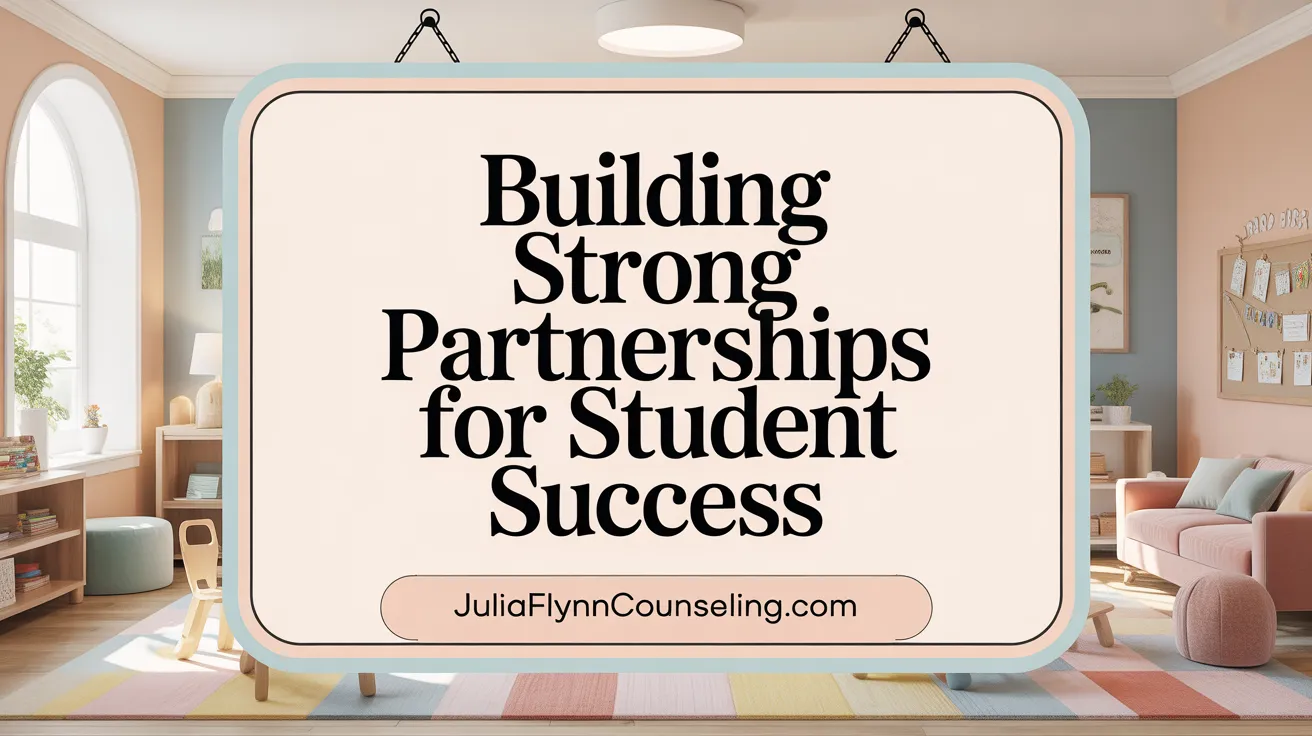
Why is the involvement of families, specialists, and educators essential?
Building strong partnerships among families, teachers, and specialists creates a supportive educational environment for children with Down syndrome. Families provide valuable insights about their child's strengths, interests, and needs, while educators and specialists implement tailored strategies that promote learning and development.
What is the role of speech therapists, occupational therapists, and other specialists?
Specialists such as speech and language therapists, occupational therapists, physiotherapists, and audiologists offer specialized support to enhance communication, motor skills, and sensory integration. Their expertise helps develop individualized strategies to address each child's unique challenges and strengths.
How are Individualized Education Plans (IEPs) developed and maintained?
The IEP is a dynamic document that sets specific educational goals for each student with Down syndrome. It involves collaboration among parents, teachers, and specialists to design, implement, and regularly update tailored support and learning strategies, ensuring progress aligns with the child’s evolving needs.
Why is regular communication and progress monitoring important?
Consistent dialogue between families and schools ensures that the educational program remains effective. Monitoring progress through reports, meetings, and communication tools helps identify areas needing adjustment and celebrates successes, fostering a responsive and personalized learning journey.
What training and resources are available for educators and families?
Organizations like the NDSS and MDSC provide training courses, webinars, and instructional materials on inclusive teaching, communication strategies, and behavioral support. These resources equip families and educators with knowledge and tools to create a positive, inclusive environment that supports students with Down syndrome.
| Aspect | Focus | Benefit |
|---|---|---|
| Family-school partnerships | Collaboration and shared goals | Better understanding, tailored support |
| Specialist involvement | Speech, occupational, sensory, and motor support | Targeted intervention and skill development |
| Updating IEPs | Personalized educational planning | Ensures relevance and progress |
| Communication & monitoring | Feedback, assessment, adjustments | Improves learning outcomes |
| Training & resources | Education workshops, materials, digital tools | Builds confidence and competence |
Strong collaboration among all involved parties maximizes each child's potential, ensuring an inclusive, engaging, and supportive educational experience for children with Down syndrome.
Policy, Advocacy, and Rights: Ensuring Equal Access to Quality Education
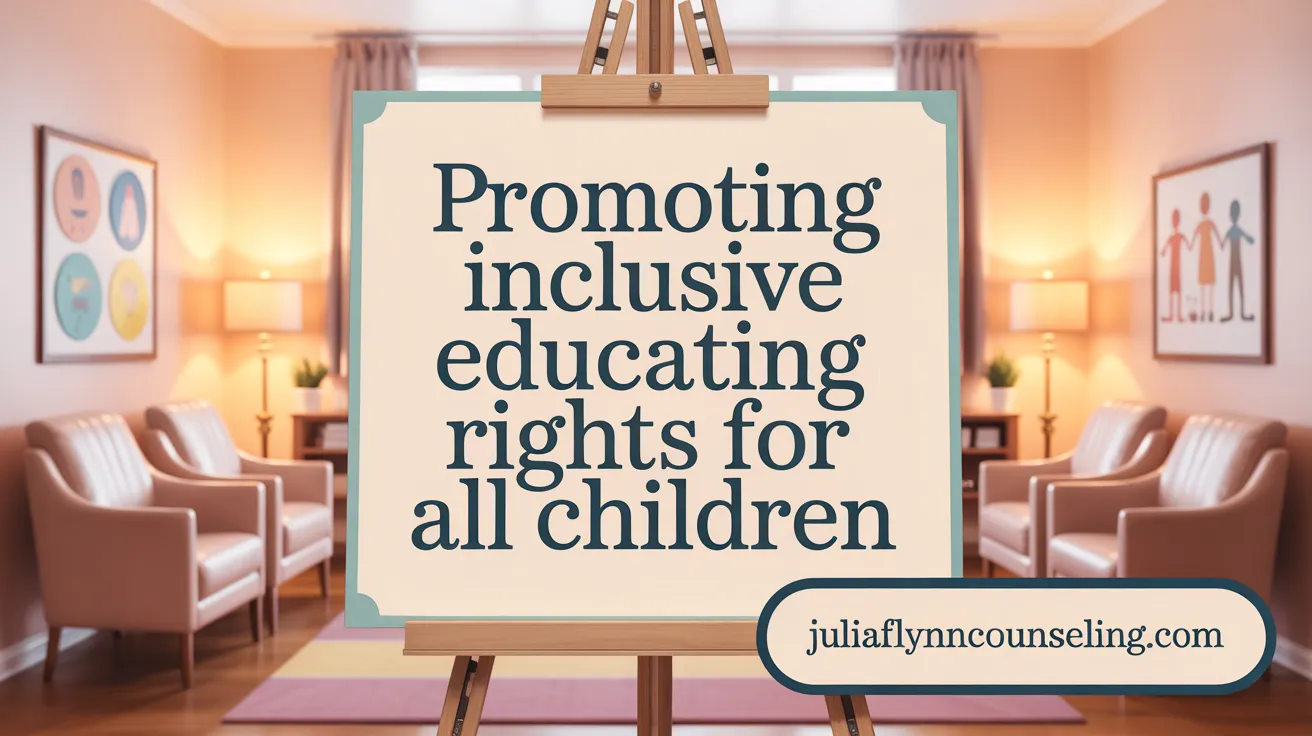
Inclusive education as a civil right
Access to education is a fundamental civil right for all students, including those with Down syndrome. The NDSS Education Program actively promotes this belief by advocating for inclusive education environments where students with Down syndrome learn alongside their peers. Inclusive education not only supports academic growth but also fosters social skills and acceptance.
Support from organizations like NDSS and DSE
Organizations such as the National Down Syndrome Society (NDSS) and the Down Syndrome Education (DSE) work tirelessly to improve educational opportunities. They provide resources, programming, and supports tailored for families, educators, and advocates. This includes evidence-based strategies, classroom tools, and training courses that help teachers implement effective inclusive practices.
Legal frameworks such as IDEA and EHC plans
Legal protections like the Individuals with Disabilities Education Act (IDEA) ensure that children with Down syndrome receive necessary special education and related services at no cost. An Individualized Education Plan (IEP), formed collaboratively, outlines specific learning goals and support strategies.
Parents can also request an education, health, and care plan (EHC plan) for additional resources if their child's needs exceed standard support. These legal tools help guarantee that students with Down syndrome access suitable educational settings and accommodations.
Advocacy efforts at federal, state, and local levels
Advocates work across all government levels to influence policies that uphold equitable educational rights. At the federal level, organizations lobby for inclusive policies and research funding. State and local authorities develop personalized support plans and inclusive classroom standards based on this advocacy.
Importance of school-wide inclusion policies and positive attitudes
Creating a welcoming school environment requires whole-school commitment, positive staff attitudes, and inclusive policies. Schools adopting best practices promote not only academic success but also social participation, acceptance, and diversity appreciation.
By supporting inclusive policies and fostering a positive school culture, communities empower students with Down syndrome to achieve their full potential and become active participants in society.
The Impact and Benefits of Inclusive Education for Children with Down Syndrome
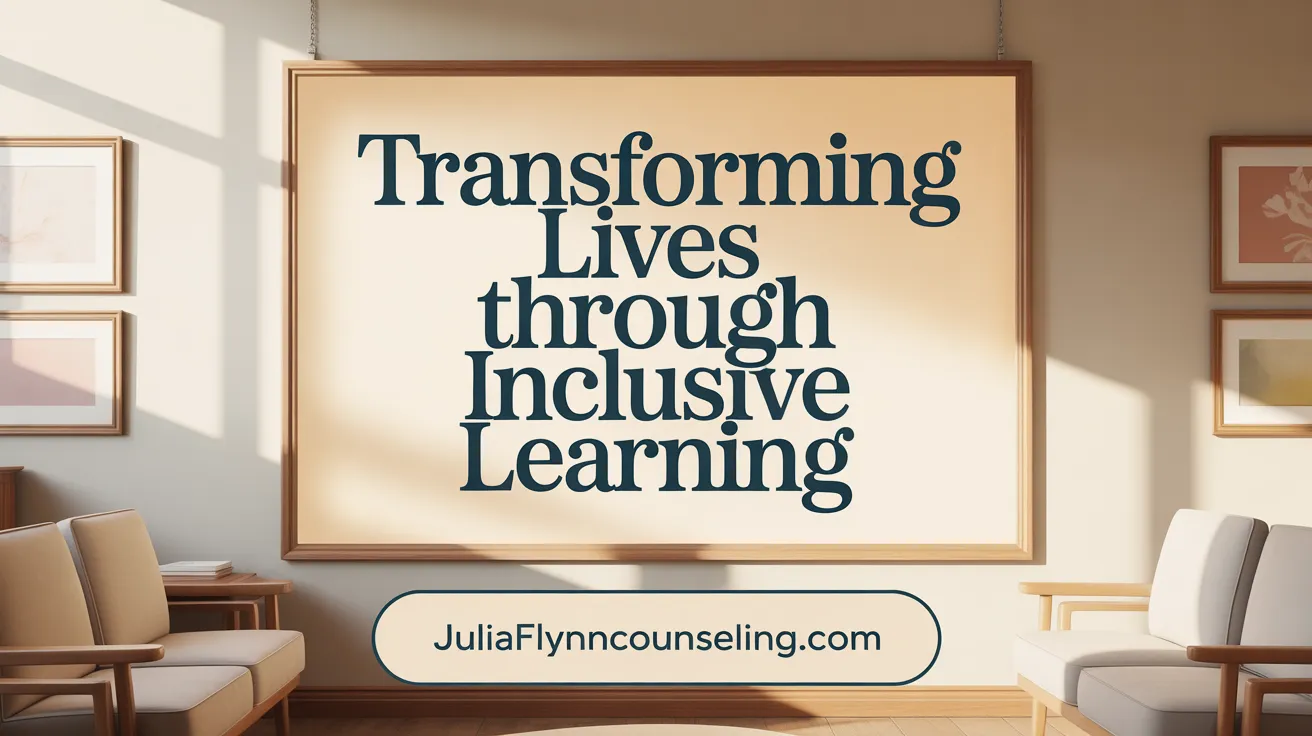
Academic and social gains from mainstream education
Children with Down syndrome often thrive in inclusive classrooms where they learn alongside their typically developing peers. This setting provides opportunities for interaction, friendship formation, and social skills development. Research shows that students educated in mainstream environments tend to make significant improvements in language, literacy, and social understanding. These experiences help boost their confidence and sense of belonging.
Research findings on language and literacy progress
Studies indicate that children with Down syndrome in inclusive settings demonstrate notable advancements in speech and literacy. For example, those involved in programs with additional supports have shown over two years of progress in spoken language and three years in reading and writing within one year. Visual learning tools, such as pictures and diagrams, significantly enhance their ability to retain information. Tailored literacy approaches like the Learning Program™ are designed specifically to support these learners.
Benefits of social inclusion and peer interactions
Including children with Down syndrome in mainstream schools promotes social inclusion and friendships. Engaging with peers helps develop social-emotional skills such as empathy and cooperation. Positive peer interactions reduce social isolation and foster greater acceptance and understanding among all students. Schools that encourage collaborative activities and inclusive play create a welcoming environment that benefits everyone's development.
Developing practical life skills and promoting independence
Education for children with Down syndrome also emphasizes essential life skills, including self-care, money management, and household tasks. Learning these skills prepares them for greater independence and community participation. Visual supports and hands-on activities make acquiring these skills more accessible. Teachers and families working together provide consistent routines and tailored support to encourage autonomy.
Long-term outcomes including post-secondary education and employment
When students with Down syndrome receive inclusive education and appropriate support, they are more likely to continue learning beyond secondary school. Many attend post-secondary programs, engage in vocational training, and secure employment. Successful inclusion fosters confidence, life skills, and social connections that enable adults with Down syndrome to lead fulfilling and active lives in their communities. Emphasizing early intervention and continuous support is crucial to achieving these positive long-term results.
Fostering Success Through Inclusive Education
Providing children with Down syndrome access to quality, inclusive education is vital for unlocking their full potential. By understanding their unique learning strengths and challenges, applying specialized instructional strategies, and fostering supportive environments with appropriate accommodations, educators and families can significantly enhance academic achievement and social development. Collaboration among educators, families, and specialists ensures that Individualized Education Plans remain dynamic and effective. Moreover, advocacy and positive school policies reinforce the right to education as a civil right for every child. Inclusive education not only benefits students with Down syndrome but enriches entire learning communities by promoting diversity, acceptance, and mutual growth. Continued research, training, and resources remain essential to advancing educational opportunities and outcomes for children with Down syndrome now and in the future.
References
- Education Program | National Down Syndrome Society (NDSS)
- How to Teach Students With Down Syndrome: 15 Effective Strategies
- Down Syndrome Education Online
- [PDF] Supporting the Student With Down Syndrome in Your Classroom
- Classroom Learning Tools to Assist Students with Down Syndrome
- Education - Down Syndrome International
- Five Instructional Strategies for Children with Down syndrome
- Down Syndrome - Center for Parent Information and Resources
- Classroom adjustments: Down syndrome - NCCD Portal
